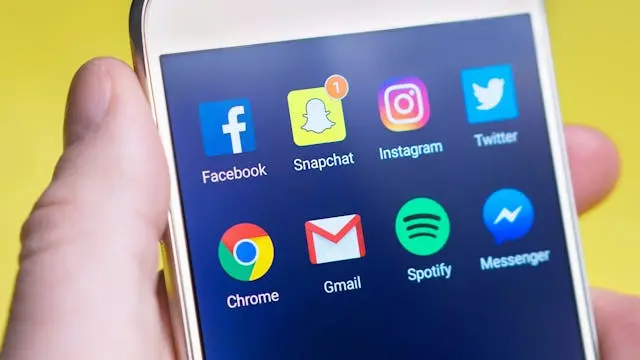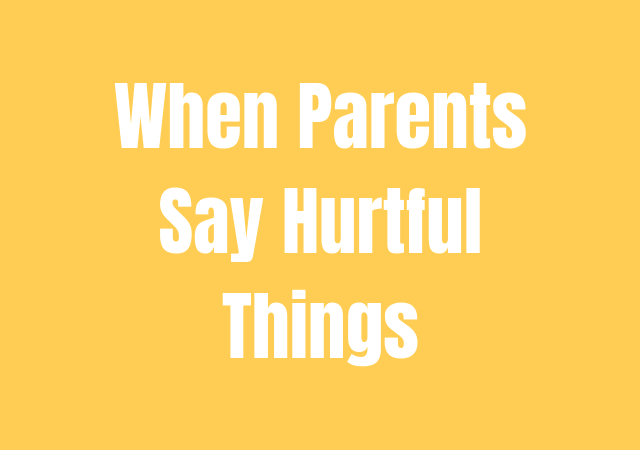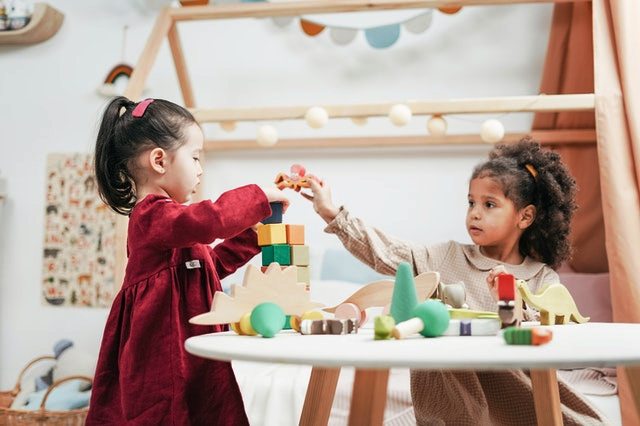Social media has become an integral part of modern life, especially for teenagers. Platforms like Instagram, Snapchat, TikTok, and Facebook offer a space for self-expression, connection, and entertainment. However, these platforms can also have profound effects on the mental and emotional well-being of adolescents. This article explores the impact of social media on teen mood swings, examining both the positive and negative influences, supported by recent research and expert opinions.
The Double-Edged Sword of Social Media

Social media presents a paradox for teenagers. On one hand, it provides opportunities for social connection, self-expression, and information sharing. On the other hand, it can lead to negative emotions, stress, and mental health issues.
Positive Influences
- Social Connection: Social media helps teens stay connected with friends and family, especially in times of physical separation. It can foster a sense of belonging and community, which is crucial during adolescence when social networks play a significant role in development.
- Self-Expression and Identity Formation: Platforms like Instagram and TikTok allow teens to express their creativity, share their interests, and explore their identities. This can be particularly empowering for those who feel marginalized or misunderstood in their offline lives.
- Access to Information and Support: Social media can be a valuable resource for information on a wide range of topics, including mental health. Support groups and online communities provide a space for teens to seek advice and support from peers experiencing similar issues.
Negative Influences
- Cyberbullying and Online Harassment: One of the most significant negative impacts of social media is cyberbullying. According to a study published in JAMA Pediatrics, nearly one in four adolescents experiences cyberbullying, which is associated with increased rates of depression, anxiety, and suicidal ideation (Kowalski et al., 2019).
- Comparison and Self-Esteem Issues: Social media platforms often present idealized versions of life, leading to unrealistic comparisons. A study in the Journal of Adolescence found that teens who spend more time on social media are more likely to experience feelings of inadequacy and lower self-esteem (Woods & Scott, 2016).
- Addiction and Sleep Disruption: Excessive use of social media can lead to addiction-like behaviors, with teens feeling compelled to check their notifications and updates constantly. This can disrupt sleep patterns, which is critical for emotional regulation and overall mental health.
The Psychological Mechanisms at Play
To understand the impact of social media on teen mood swings, it is essential to delve into the psychological mechanisms involved.
The Role of Dopamine
Social media platforms are designed to be addictive. Each like, comment, or share triggers a release of dopamine, a neurotransmitter associated with pleasure and reward. This creates a cycle of seeking validation and instant gratification, which can lead to mood swings. When teens do not receive the expected validation, they may experience feelings of rejection and worthlessness, contributing to mood instability.
Social Comparison Theory
According to social comparison theory, individuals determine their own social and personal worth based on how they stack up against others. For teenagers, whose identities are still forming, constant exposure to curated images and stories of peers can lead to detrimental comparisons. This can result in feelings of jealousy, inadequacy, and depression, which are key components of mood swings.
Fear of Missing Out (FOMO)
FOMO is a pervasive anxiety that others are having rewarding experiences that one is not a part of. Social media exacerbates this fear by constantly updating users on the activities and social gatherings of others. Teens may feel pressured to participate in these activities or portray a certain image online, leading to stress and emotional volatility.
The Empirical Evidence
Numerous studies have explored the relationship between social media use and teen mental health. A longitudinal study published in Lancet Child & Adolescent Health found that higher social media use was associated with increased levels of depression and anxiety among adolescents (Kelly et al., 2018). Similarly, research published in Computers in Human Behavior indicated that teens who engaged in heavy social media use experienced more frequent mood swings compared to their peers who used social media less frequently (Vannucci et al., 2017).
Mitigating the Negative Effects
Given the significant impact of social media on teen mood swings, it is crucial to find ways to mitigate the negative effects while harnessing the positive aspects.
Parental Involvement and Education
Parents play a vital role in guiding their children’s social media use. Open communication about the potential risks and benefits of social media can help teens navigate these platforms more effectively. Setting boundaries, such as screen time limits and designated tech-free times, can also promote healthier habits.
Promoting Digital Literacy
Educating teens about digital literacy is essential. This includes teaching them to critically evaluate the content they encounter, recognize the curated nature of social media, and understand the psychological effects of constant connectivity. Schools and community organizations can offer programs to build these skills.
Encouraging Offline Activities
Balancing online and offline activities is crucial for mental well-being. Encouraging teens to engage in hobbies, sports, and face-to-face interactions can provide a buffer against the negative impacts of social media. Physical activities, in particular, have been shown to improve mood and reduce stress.
Mental Health Support
Access to mental health resources is vital for teens struggling with the emotional effects of social media. Schools, parents, and healthcare providers should work together to ensure that adolescents have the support they need. This includes counseling services, support groups, and educational programs on mental health awareness.
Conclusion
The impact of social media on teen mood swings is complex, involving both positive and negative influences. While social media provides valuable opportunities for connection and self-expression, it also poses significant risks to mental health, including cyberbullying, social comparison, and addiction. Understanding the psychological mechanisms at play and promoting healthy social media use can help mitigate these risks. Parents, educators, and mental health professionals must work together to support teens in navigating the digital landscape, ensuring that they can enjoy the benefits of social media without compromising their emotional well-being.
References
- Kowalski, R. M., Giumetti, G. W., Schroeder, A. N., & Lattanner, M. R. (2019). Bullying in the Digital Age: A Critical Review and Meta-Analysis of Cyberbullying Research Among Youth. JAMA Pediatrics, 173(7), e193677.
- Woods, H. C., & Scott, H. (2016). #Sleepyteens: Social media use in adolescence is associated with poor sleep quality, anxiety, depression and low self-esteem. Journal of Adolescence, 51, 41-49.
- Kelly, Y., Zilanawala, A., Booker, C., & Sacker, A. (2018). Social Media Use and Adolescent Mental Health: Findings from the UK Millennium Cohort Study. Lancet Child & Adolescent Health, 3(1), 13-20.
- Vannucci, A., Flannery, K. M., & Ohannessian, C. M. (2017). Social media use and anxiety in emerging adults. Computers in Human Behavior, 66, 163-169.
MORE POSTS: Handling School Stress: Tips for Parents and Kids



